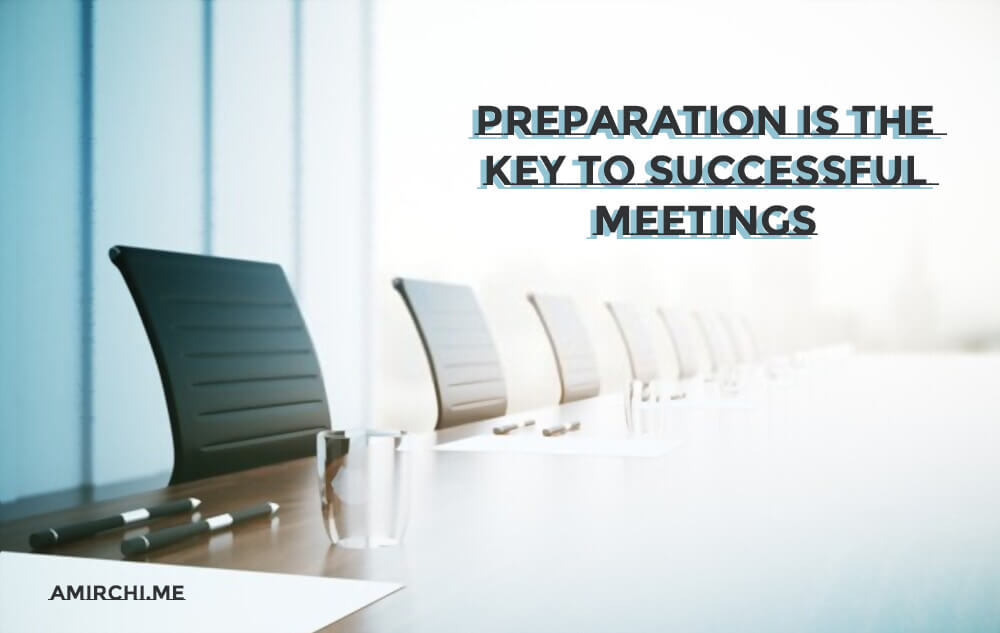Have you ever sat in a meeting and questioned what was going on or where the discussion was headed? Perhaps the meaning of it all appeared to be lost. It’s aggravating when no one in the room is aware of what’s going on.
You’ve undoubtedly been to a few of these meetings, and you’re now in a position to schedule them yourself. Let me let you in on a bit of secret: meetings don’t have to be aimless marches. It is possible to have fantastic discussions. They need to be prepared.
Here are three strategies to prepare for a successful meeting:
Select a meeting organizer and facilitator
While the meeting leader’s job is strategic, the facilitator is in charge of meeting procedures. Leaders decide the aim of a meeting, own the outcomes, and move the discussion and debate ahead. On the other hand, facilitators are in charge of developing the plan with the input of the leader, disseminating the agenda, managing time, taking and distributing notes, and following up on any action items. In smaller gatherings, the facilitator and leader may be the same individual. However, it’s usually a good idea to keep them apart. Both roles are critical for a productive and effective meeting.
Make a well-thought-out schedule
The meeting leader and attendees benefit from having a clear plan. It should start with a meeting title, the date and time, and the attendee’s list. Then, in a brief statement, identify the meeting’s primary goal, as well as two or three desired results. Finally, sketch up a meeting agenda. This will keep track of the flow of discussion topics, the time allotted for each subject, and any related notes or references. You may avoid having an unnecessary meeting or, worse, one where no one understands what they’re doing by spending a few minutes organizing the schedule.
Choose the appropriate setting
Whether the meeting is in person or online, the environment must support rather than detract from the creative idea. Choose a location with less background noise, a clean backdrop, and even lighting if you’re working virtually. Even when you’re not in the same room, this helps you and your fellow participants retain concentration and create intentional cooperation. Keeping participants interested is essential for an effective meeting, including everything from a clean environment and natural light to comfy seats and nutritious refreshments.
Although meeting preparation takes time, there is just too much depending on everyone’s time and resources to wing it. Investing time and effort on the front end will pay off in the long run. Because when you’re prepared, you’ll not only have a clear objective and a mechanism to track your progress toward it, but you’ll also see a significant increase in team morale and productivity. How do you get started organizing special meetings ahead of time?

